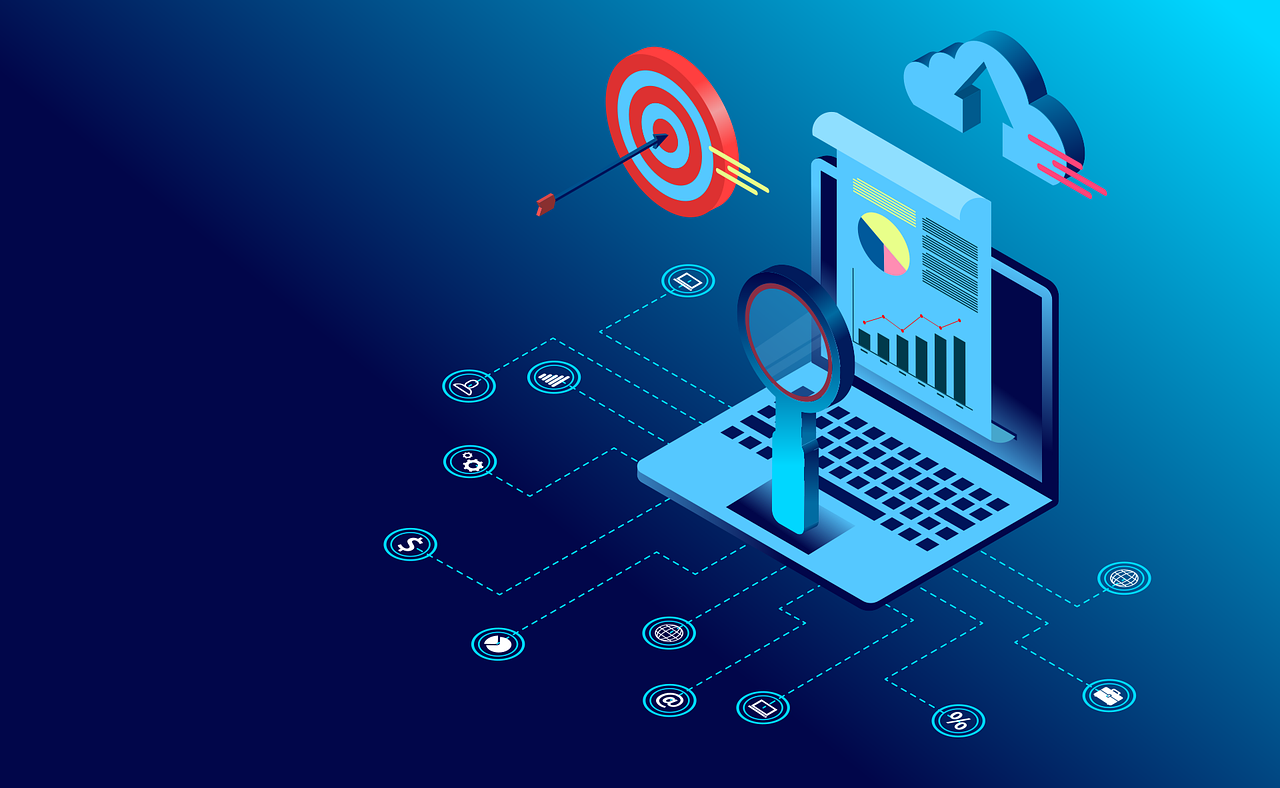by Ashley Carter
Share
Managing data is a critical, and often cumbersome, task for laboratories. Entering information accurately and efficiently into spreadsheets leaves room for human error, jeopardizing data integrity. Additionally, manual data entry is time-consuming, limiting opportunities for more value-added work. A laboratory information management system (LIMS) streamlines workflows by centralizing the data management process. This article explores common methods laboratories use to populate test data into a LIMS to optimize lab data management. Implementing an effective LIMS solution improves accuracy and productivity by reducing manual data entry and associated errors.
Automatic Data Import – Instrument Interfacing
Manual data entry is prone to human error. A common workflow without a LIMS looks like this:
- Enter sample information into equipment.
- Analyze the tests.
- Print the results.
- Manually search for the applicable samples in spreadsheets.
- Type the results into the spreadsheet one-by-one.
Transpositions, misplaced decimals, or results recorded under the wrong tests are too easy. However, they are quite common for laboratories utilizing spreadsheets and similar programs to manage their data. Instrument interfaces through a laboratory information management system (LIMS) simplify this process. Below is a typical workflow for a laboratory utilizing bi-directional instrument interfacing:
- Find the desired sample in LIMS and send the test parameters to the instrument electronically through automation.
- Tests are analyzed.
- Results are automatically imported directly into the proper sample and test fields in LIMS.
Instrument files with testing data can directly interface with LIMS to automatically populate results, eliminating manual data entry errors. Then, by leveraging bi-directional instrument integration, LIMS can also provide instruments with required testing specifications and sample IDs upfront, further reducing risk of mistakes. With LIMS taking care of repetitive admin tasks, the laboratory can focus entirely on testing, not paperwork. This hands-free approach boosts laboratory productivity, efficiency, and accuracy.
Data Management using LIMS Grids
For laboratories, managing data efficiently is critical. While a LIMS supports the automatic import of instrument results, some tests still require manual data entry (typically due to limitations of the test equipment). Therefore, finding an alternate solution to optimize manual data entry is still very important.
One method to address this is through data entry grids. Test grids allow lab technicians to load multiple related tests onto a single screen. Instead of navigating between different screens, all results can be entered rapidly in one place. This saves significant time compared to traditional LIMS data entry. Additionally, entering data in groups as they are analyzed reduces the chances for error by reducing touch points and risk for loading incorrect samples or tests. Test grids can also be configured to display all of the needed information in one screen, aiding the visibility of requirements and streamlining the data management.
Verifying Accuracy: LIMS Data Review Tools
Lab data management with LIMS does not end with populating data. The next step is to ensure that the data is analyzed and reviewed accurately and efficiently. When managing data in spreadsheets, i.e. without a LIMS, this may incorporate opening applicable specifications and reviewing the results against each, one at a time. Perhaps the data is analyzed against SPC parameters on a monthly or quarterly basis. As laboratories grow and demand for improved throughput increases, finding methods to review the data more efficiently and accurately also becomes more important. Therefore, many LIMS solutions, such as Wavefront LIMS, provide built-in methods for improving lab data management.
Configurable automation supports notifications, status flow updates, and automated data population based on the results. Real-time statistical process control (SPC) analytics provide immediate notification of out-of-control conditions. This allows people to take actions to investigate and resolve issues proactively instead of weeks or months after the fact. Customizable warning limits within specifications provide notification when values may be outside of expectation, even when they aren’t quite failing. These innovations, and more, enable proactive error-catching so technicians can actively verify data integrity as it’s completed.
Summary
Managing data is critical yet challenging for laboratories, particularly those who rely on an arrangement of spreadsheets and documents. A laboratory information management system (LIMS) centralizes data management to optimize workflows and enable automatic data imports from instruments to reduce manual entry. They also provide efficient data entry grids to streamline input for tests where automatic import is not an option. Furthermore, built-in data review tools in LIMS solutions empower technicians to verify the data through notifications, automated workflows, and statistical process controls. By leveraging these LIMS capabilities, laboratories can enhance productivity, efficiency, and data integrity. Implementing an effective LIMS solution is key for laboratories looking to improve lab data management.
Wavefront LIMS is built with the laboratory user in mind and incorporates these, and more, features that can significantly improve lab data management efficiency and accuracy. Learn more about how Wavefront LIMS could work for your laboratory by requesting a no-obligation demo or schedule a call and one of our knowledgeable Wavefront employees will be in touch.
STAY IN THE LOOP
Subscribe to our Free Content
Learning about LIMS is a monthly article series where Wavefront shares questions that have come up throughout our interactions with a range of individuals and customers. We do our best to provide information about each topic to help people learn more about LIMS.
Sign up here to be added to our mailing list and receive these articles directly in your inbox.
In today's fast-paced labs, data-driven decision-making is essential. Utilizing advanced data analysis tools, like LIMS dashboards and KPIs, boosts operational efficiency. This article explores how these tools enhance performance and reduce costs, helping labs maintain exceptional quality standards.
Experience the transformative power of a state-of-the-art LIMS system tailored to meet the unique needs of your laboratory. Our LIMS solution seamlessly integrates with your existing systems, streamlining workflows and boosting productivity. Say goodbye to manual processes and hello to automated efficiency with our cloud-based LIMS system. Schedule a demo today and unlock the full potential of your laboratory operations.
Unlock new levels of efficiency with LIMS workflow automation. Automate critical laboratory workflows without coding. Wavefront's powerful automation engine with over 800 built-in conditions and actions allows limitless customization of your LIMS processes.
Discover the crucial elements for maintaining LIMS data integrity, from implementing robust security measures to optimizing data entry processes. This article explores essential strategies to ensure the reliability and security of laboratory information, enhancing efficiency and compliance.





